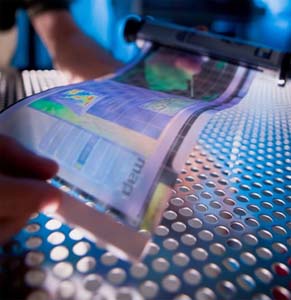Electronic Structure of Materials
The electronic structure of materials is responsible for many of their exciting properties, such as magnetism, superconductivity, but also many optoelectronic properties.
Electronic structure methods, including solid-state density functional theory and many body approaches permit us to characterize these electronic effects and increasingly help design new materials with computational methods. Coupling electronic structure methods with the propagation of the system permits us to model complex chemical processes in their environment. In combination with methods to model the morphology and mesoscopic transport, theories electronic structure methods can be used to understand and optimize materials for many applications, including batteries, solar cells and displays.
| Name | Institut |
|---|---|
| Fink, Karin |
Institute of Nanotechnology (INT) |
| Groß, Axel | Helmholtz Institute Ulm for Electrochemical Energy Storage (HIU) |
| Heid, Rolf | Institute for Quantum Materials and Technologies (IQMT) |
| Kondov, Ivan | Steinbuch Centre for Computing (SCC) |
| Kozlowska, Mariana | Institute of Nanotechnology (INT) |
| Studt, Felix | Institute of Catalysis Research and Technology (IKFT) |
| Wenzel, Wolfgang | Institute of Nanotechnology (INT) |


